Knotty Pine Wood
- September 7, 2023
- 0 comment
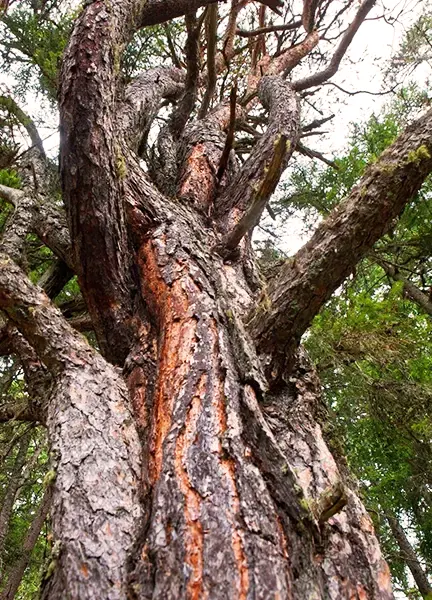
Knotty Pine Wood stands as an embodiment of rustic elegance. Sourced from pine trees that display a generous amount of knots, this wood offers a visually intriguing and distinctive pattern. These knots, which vary in size and frequency, give the wood its name and are often sought after for their character, which invokes feelings of cozy cabin interiors and natural settings.
Texture
The texture of Knotty Pine is generally medium to coarse. The knots within the wood present a contrast, as they are usually denser and harder than the surrounding wood grain, creating an interesting tactile landscape across the surface.

Bark
Pine trees, from which Knotty Pine is derived, generally have a thick, flaky, or rough bark. This bark can range in colors, spanning from grays to reddish-browns, serving as an external shield against the elements.
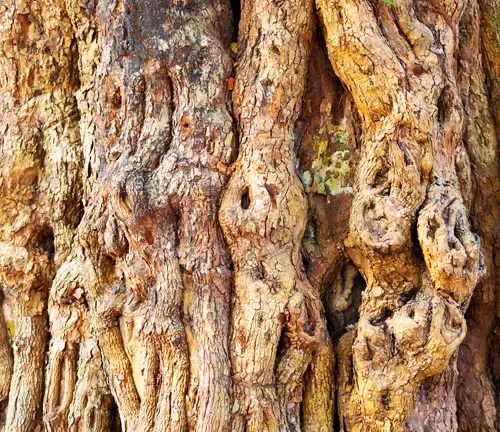
Furniture
Furniture crafted from Knotty Pine exudes a warm, country charm. Due to its aesthetic appeal, it’s often chosen for crafting pieces like beds, tables, chairs, and dressers that aim to bring a touch of nature indoors. The knots in the wood give each piece a unique character, making it a favorite in rustic and vintage-themed spaces.

Weapon
Knotty Pine, given its inconsistent density due to knots, isn’t a popular choice for weapons. The knots can be weak points, potentially compromising the strength and resilience required in weaponry.
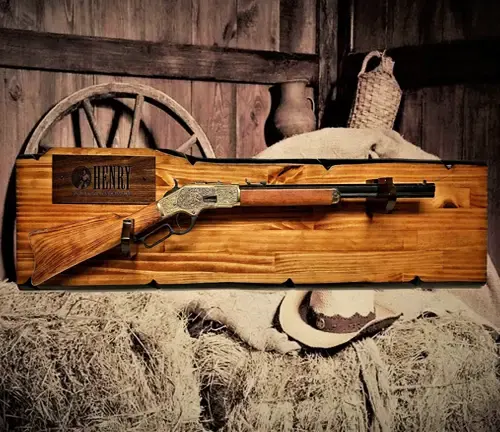
Firewood
While Pine can be used for firewood, it has a resinous nature that causes it to burn hot and fast. However, it produces a high amount of creosote, which can accumulate and pose risks in chimneys and stoves.
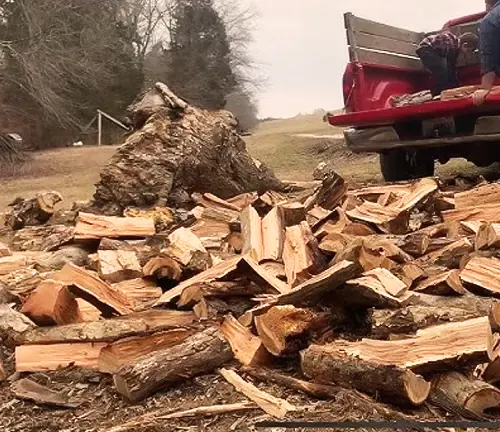
Construction
In construction, Knotty Pine is prized more for its decorative attributes than its structural strength. It’s a preferred choice for interior paneling, accent walls, and ceilings, especially in settings that aim for a vintage or rustic ambiance.
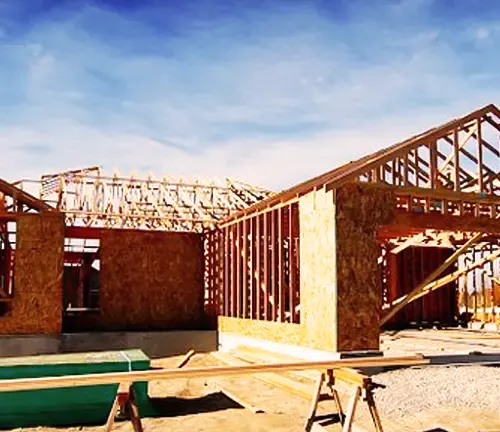
Plywood
Knotty Pine plywood retains the characteristic knots and grain of the wood. It is often used in decorative applications where the rustic charm of the knots can be showcased, such as in cabinetry or paneling.
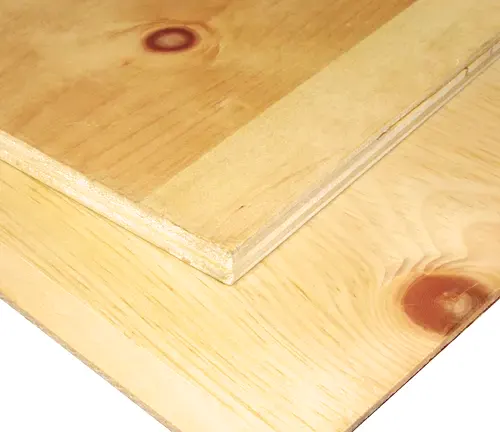
Boards
Boards made of Knotty Pine are popular in crafting and woodworking projects where the wood’s natural character is desired. These boards are versatile and can be used in everything from signage to shelving.
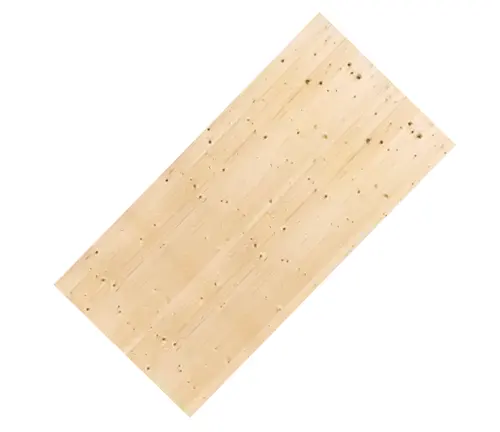
Railroad Cross Ties
Knotty Pine is not the ideal choice for railroad ties due to its knots and potential for inconsistency in strength. More robust and durable woods are usually preferred for such demanding applications.
Pallet
While possible to use for pallets, Knotty Pine’s knots might present vulnerabilities. Stronger, more consistent woods are often chosen for pallet construction, especially for heavy-duty applications.
Fencing
For those seeking a rustic aesthetic for their fencing, Knotty Pine is an option. However, for long-term durability, especially in challenging weather conditions, it might be essential to treat or combine it with more resilient materials.
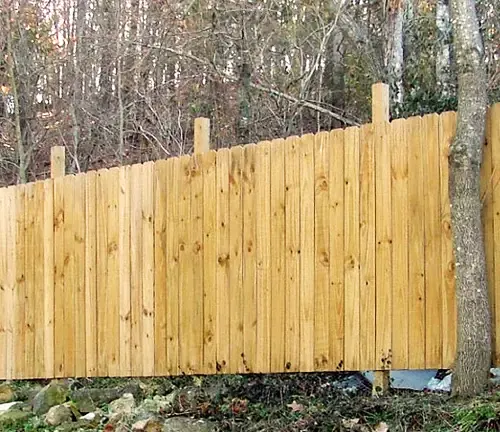
Wood Decking
Knotty Pine, if chosen for decking, would require significant protection against the elements, such as sealing and staining. While visually appealing, its longevity might be overshadowed by woods like cedar or redwood.
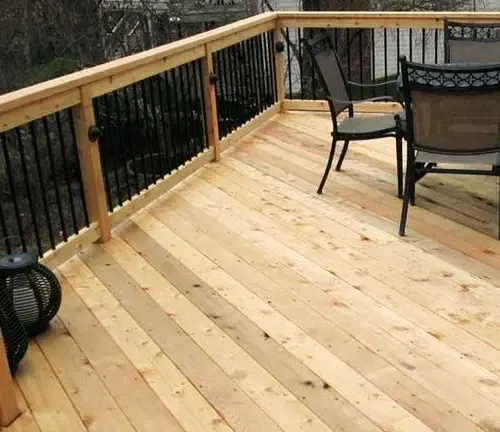
Live Edge Siding
Knotty Pine lends itself beautifully to live edge siding, providing a raw, natural aesthetic. The irregular edges paired with the characteristic knots can give buildings a distinctive woodland charm.

Beams
While it can be used decoratively for beams, Knotty Pine isn’t the top choice for structural purposes due to the inherent knots. For primary load-bearing applications, other woods or reinforced options are typically favored.

Frequently Asked Questions
- What causes the “knots” in Knotty Pine?
The knots in Knotty Pine are the result of branches that once grew on the tree. When the tree grows, it forms around these branches, and once the wood is milled, the remnants of these branches form the knots we see. - Why is Knotty Pine popular for rustic designs?
The unique knots and grain variations give Knotty Pine its rustic appearance, making it a preferred choice for those looking to achieve a countryside, vintage, or cabin-like ambiance in their interior designs. - Does Knotty Pine have a distinctive smell?
Yes, Knotty Pine, like other pine woods, has a distinct, pleasant, and often described as “fresh” aroma, especially when newly cut. This scent can contribute to the overall sensory experience of a space. - Is Knotty Pine more susceptible to damage due to its knots?
While the knots can be weak points in the wood, they don’t necessarily compromise its overall integrity for many applications. However, for tasks requiring consistent strength, other woods might be preferable. - Can I paint or stain Knotty Pine without hiding its distinct features?
Absolutely! Many choose to stain Knotty Pine to enhance its natural characteristics. If you decide to paint it, lighter, more transparent coats or whitewashing can retain its distinctive appearance. - Is Knotty Pine more expensive than regular pine wood?
Not necessarily. The price can vary based on factors like region, demand, and processing methods. Sometimes, its distinct appearance and rustic charm can command higher prices, especially for premium grades. - How do I care for Knotty Pine furniture?
Knotty Pine furniture benefits from regular dusting. To maintain its shine and protect against damage, periodic application of a wood conditioner or light wax can be beneficial. - Why do some people choose Knotty Pine for ceilings and walls?
Apart from its aesthetic appeal, Knotty Pine is lightweight, making it easier to install as paneling. Its knots and grains offer a textured appearance, which can add depth and warmth to a room. - Does the resin in Knotty Pine cause any issues?
Pine woods, including Knotty Pine, can be resinous. While this resin can sometimes seep out when the wood is subjected to heat or over time, it’s often considered a part of the wood’s rustic charm. However, when using it for firewood, the resin can lead to creosote build-up in chimneys. - Can I use Knotty Pine for outdoor projects?
While Knotty Pine can be used outdoors, it should be treated or sealed to protect it from the elements, pests, and potential rot.
In the vast spectrum of woods, Knotty Pine stands out with its distinct character and rustic elegance. Its signature knots, reminiscent of the tree’s narrative and history, make it more than just a material; they transform it into a canvas, showcasing nature’s intricate designs. From cabin interiors to vintage furniture pieces, this wood has been a testament to the timeless beauty that arises from blending nature’s randomness with human craftsmanship. As we journey through spaces adorned with Knotty Pine, we are reminded that true beauty often lies in the imperfections, the quirks, and the stories they tell. In the realm of woods, Knotty Pine remains an enduring tale of nature’s artistry, waiting to be discovered and cherished.


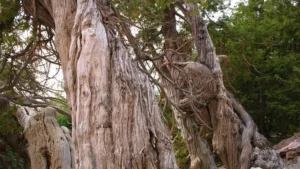
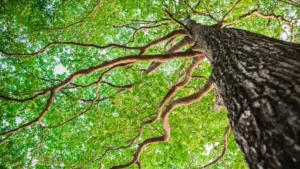
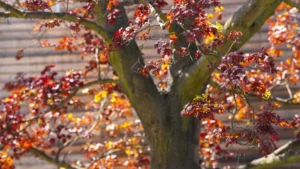
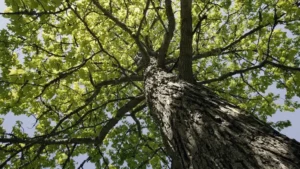
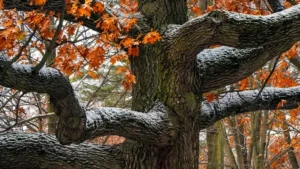
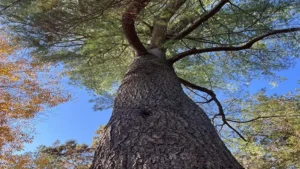
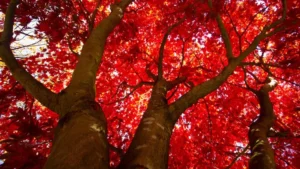
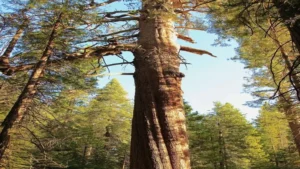
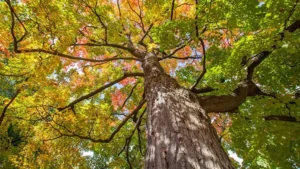
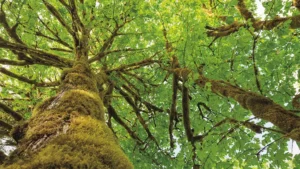

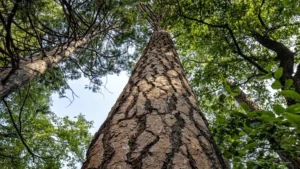
Leave your comment